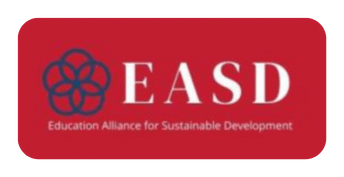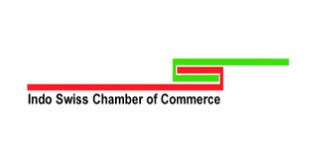SLX has launched Live Master Classes with deeper insights into sustainability, by industry experts. Enroll for the 45-minute session for free!

The certification course offers input from various experts from the industry. The course is validated globally with an industry-validated skills framework.

Do you want your job to be value-oriented? Or would you like your present job to shift focus towards meaning and value? Take this certification course and build what you are looking for!

The certification course will diversify your skillset. This will help you find better work opportunities in better companies!
The sessions will be delivered by world class faculty members with vast experience in the field of education and sustainability.
Our Certifications will help you integrate sustainable development processes and practices with ease into your deliverables & activities.
Our certification courses have comprehensive reference material on Sustainability, ESG, and many related topics.




“Human beings have overrun the world. We are replacing the wild with the tame. The story of how we came to make this our greatest mistake. Our planet is headed for disaster.” Chilling word of warning from David Attenborough. I really wish I could chalk this up to fear–mongering and try to ignore the cautionary message, but the facts are as clear as day. Our nature is in crisis, we are losing species at an unprecedented rate.
Stats obtained from the global assessment report on Biodiversity and Ecosystem Services, which was prepared by the Intergovernmental Science-Policy Platform on Biodiversity and Ecosystem Services.
Read: A Bug’s Life or its Extinction
This tragic rate of destruction of our wildlife will endanger us all. The UN realized how big of a threat wildlife extinction was going to be. So, they desperately needed a phenomenon to galvanize the people, governments, civil societies and businesses to come together and help conserve our unique and spectacular environment. So, in 1992, the UN formed the Convention on Biological Diversity (CBD), whose primary purpose was to conserve biodiversity. CBD is a multilateral treaty, that was signed in Rio de Janeiro by 192 governments at the Earth Summit.
CBD’s most ambitious plan was announced in 2010. It was called “Aichi Biodiversity Targets” (ABT). Similar to the Sustainable Development Goals (SDGs), ABT had a total of 5 strategic goals and 20 targets, whose main objective was to halt the loss of wildlife. We will talk about the merits and failures of ABT in another blog. The announcement of the ABT marked the start of the UN’s decade on biodiversity. To maintain this momentum, on 20th December 2013, the UN partnered with the Convention on International Trade in Endangered Species of Wild Fauna and Flora (CITES) to declare March 3rd as “World Wildlife Day”.
The purpose of World Wildlife Day (WWD) is to celebrate and raise awareness about our extraordinary Earth’s wild animals and plants. Each year, WWD has a central theme that it aims to create awareness about.

From the wildlife statistics that I showcased at the start of this blog; it is evident that the extinction crisis has not improved during the UN’s decade on biodiversity. This puts a lot of pressure on all of us in 2020. It needs to be a super year for nature and biodiversity. The air we breathe, the food we eat, the water we drink, the energy we use and the raw materials we harvest, all come from nature. Damaging the environment is akin to damaging ourselves. We may create an irreversible domino effect. If the 1 million species that are currently facing extinction get wiped out, it will spell the demise of countless other species that depend on these ones, disrupting our ecosystem.
As the two famous proverbs go, procrastination is the thief of time and tomorrow never comes. We need to act now. And that is why, this year’s theme, “Sustaining all life on Earth”, is a perfect place for all of us to start thinking more about protecting our magnificent nature. The theme not only aligns with SDG 14 – Life Below Water and SDG 15 – Life on Land, but also with SDG 1 – No Poverty, SDG 12: Responsible Consumption and Production and SDG 13 – Climate Action.
Today is the day. It is WWD. What can you and I do to help conserve this beautiful environment we have? If not the whole shebang, let us start by doing one of the following things today:

We have one earth, and we share it with these magnificent animals and plants. We have lived in harmony with them before, we can live in harmony with them now. We owe it to our planet, wildlife and children. Let us not make homo–sapiens a museum artifact.
At SDG Plus, we believe in bringing communities together around the topic of sustainability, societies will have the opportunity to learn and assist from each other to create a sustainable future for all